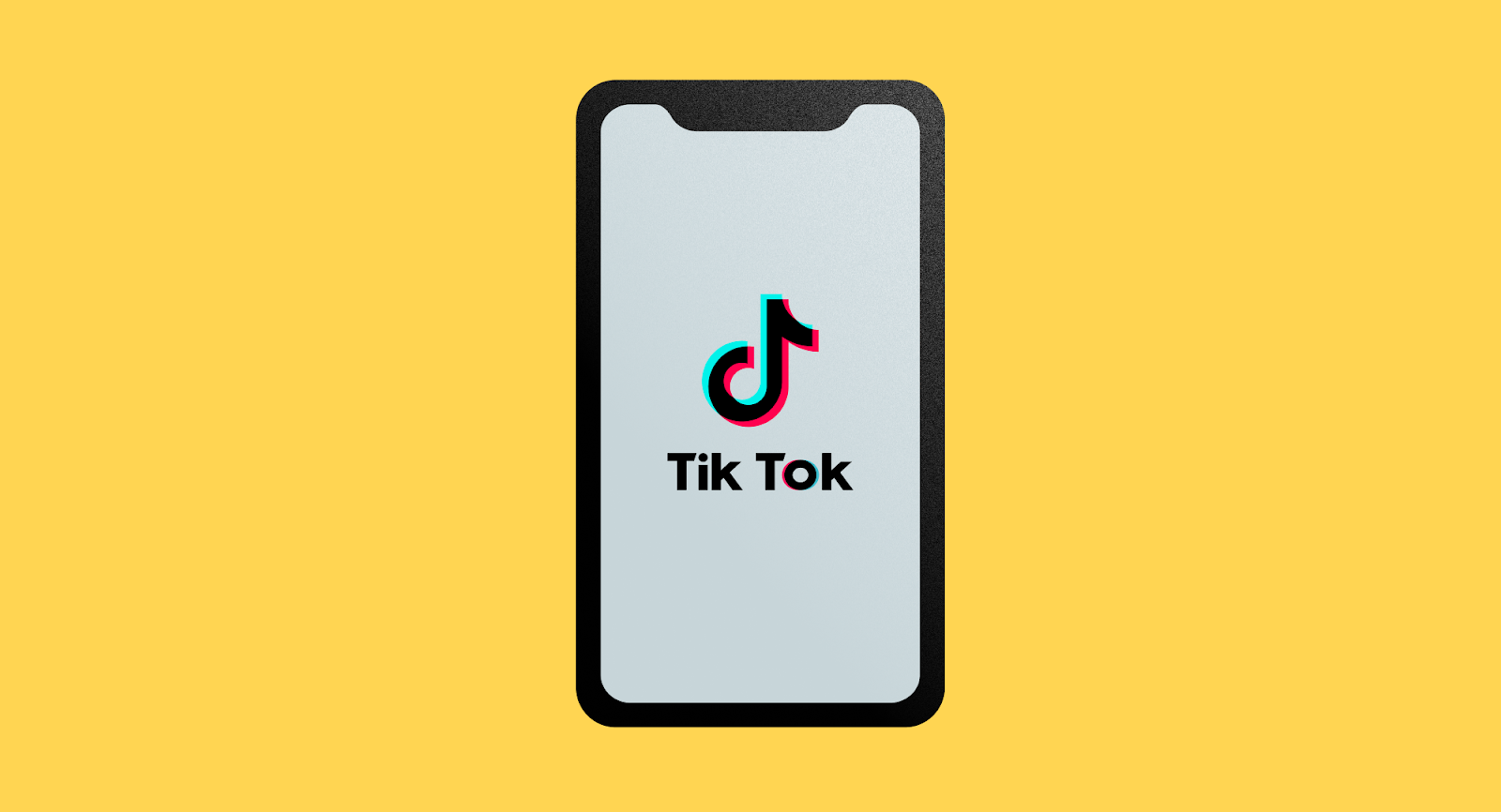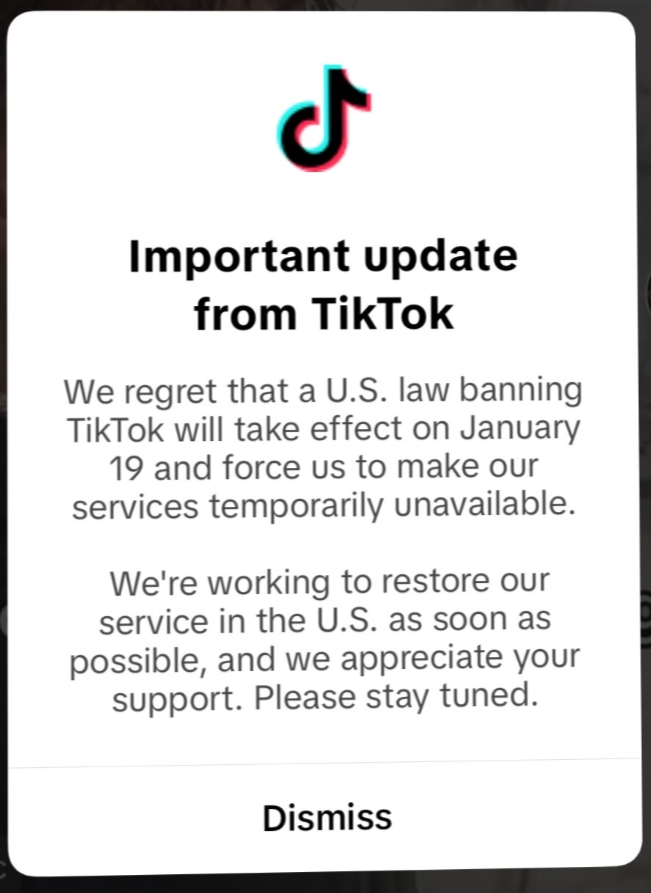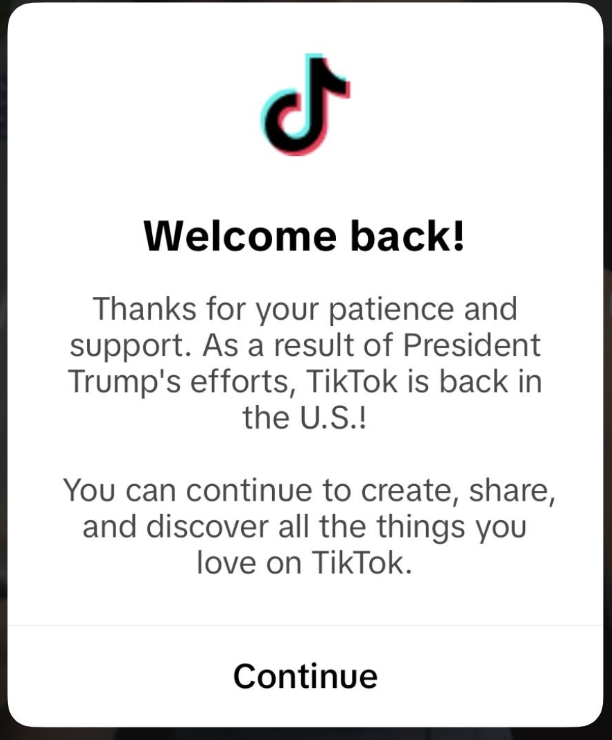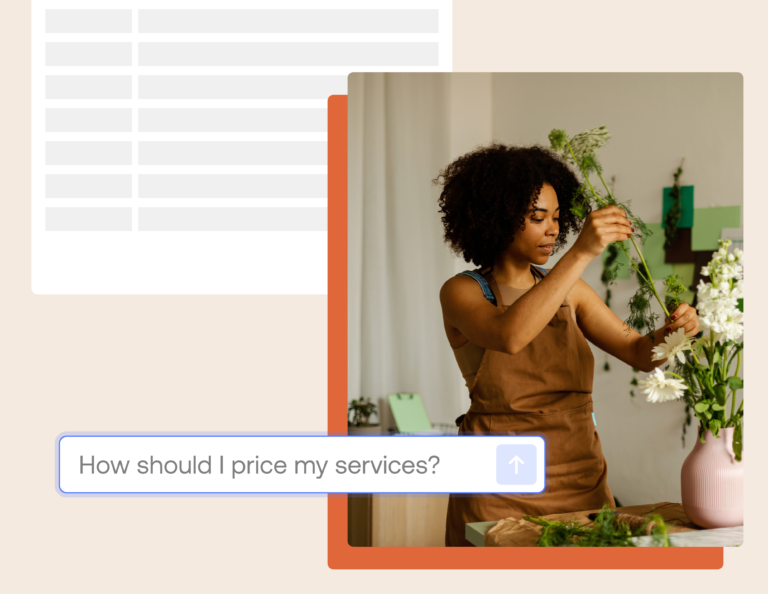How you can create a resilient social media strategy in 2025 and beyond

January 2025 has been a whirlwind month for TikTok. From being a social media powerhouse with about 150 million U.S. users to facing a complete shutdown to shutting down and coming back to life in less than 24 hours.
Before the ban, nearly half of all Americans were scrolling, posting, and engaging on the platform daily. And it wasn’t just about dance trends, outfit-of-the-days, and viral challenges—TikTok had established itself as a serious business platform, with over 5 million companies using it for advertising and more than a million creators making their living through the app.
The temporary ban sent shockwaves through the world. Businesses that had built their marketing strategies around TikTok were forced to pivot quickly, and creators who depended on the platform for income scrambled to find alternatives—from Instagram to YouTube to XiaoHongShu (RedNote). Many wondered if the platform would ever return.
Within 24 hours of going dark, TikTok quickly flickered back to life on January 19. And now, we face an interesting shift in the digital landscape. Though the future of the platform remains uncertain, the question isn’t so much about its survival as how the platform and community have evolved through this experience.
The good news? In the midst of this uncertainty, there’s a lot you can do to stay prepared. Let’s take a closer look at what exactly happened to TikTok this last week, and more importantly, what you can do to prevent this kind of disruption from impacting your business in the future.
Why did TikTok get banned in the first place?
The TL;DR behind TikTok’s ban in the U.S. came down to one core issue: its ownership structure.
ByteDance, TikTok’s parent company, is largely owned by its Chinese founders, institutional investors like BlackRock, and its employees. But a crucial detail sparked major concerns: The Chinese government held a 1% stake in the company. This ownership, combined with the presence of a Chinese Communist Party (CCP) branch at ByteDance, ultimately led to the platform’s ban being passed by Congress and then upheld by the US Supreme Court.
The heart of the issue was ByteDance’s legal obligation to comply with Chinese intelligence efforts, given the CCP’s broad legal powers. U.S. lawmakers’ fears centered on the potential for the Chinese government to compel ByteDance to surrender private data on American users, which they believed could be used to exploit U.S. citizens.
This is why Congress gave ByteDance an ultimatum: sell TikTok to a non-Chinese buyer or face a ban.
When no non-Chinese buyer materialized, Congress passed a law banning TikTok in the US with wide bipartisan support. After being signed into law by President Biden, TikTok challenged the ban on the grounds that it violated the First Amendment. However, after bringing the case to the Supreme Court, the ban was upheld.
Though both Presidents Biden and Trump indicated the week before January 19 that neither would enforce the ban when it took place and pushed for an extended grace period—TikTok stopped working for all US users the day before the deadline and removed itself from every major mobile App store.

The popup US TikTok users received on the evening of January 18, 2025.
However, this was short-lived. By 12 PM Eastern on January 19 of the next day—the actual deadline for the ban to start—TikTok made the following statement on X (formerly Twitter):
In agreement with our service providers, TikTok is in the process of restoring service. We thank President Trump for providing the necessary clarity and assurance to our service providers that they will face no penalties providing TikTok to over 170 million Americans and allowing over 7 million small businesses to thrive.
It’s a strong stand for the First Amendment and against arbitrary censorship. We will work with President Trump on a long-term solution that keeps TikTok in the United States.
TikTok resumed normal functionality for existing US users by day’s end, though it remains unavailable in US app stores.

The popup US TikTok users received at noon EST on January 19, 2025.
But wait, can TikTok still be banned?
The short answer is, yes. Though it seems less likely.
TikTok being banned if not sold, is now law in the US after being passed by Congress and upheld by the Supreme Court. However, President Trump signed an executive order on January 20 that pauses the law for 75 days and does not penalize companies who do business with TikTok. Making TikTok’s status in the US safe, for now.
That being said, in the event that TikTok is not sold to a US buyer—it will eventually face a complete and total ban.
What every creator or business should do next
Though TikTok is up and running, and a resolution to TikTok’s ban seems imminent—one thing remains certain for creators and businesses: an adaptable social media strategy that withstands change is the only path forward.
Whether that change looks like shifting consumer preferences, world events, or yes—entire social media platforms going dark—building sustainability and flexibility into your social media is key to your success not only in 2025, but in the years to come.
Here are some things that every business and creator should do now.
Develop a multi-channel social media approach
As the old saying goes: “Don’t put all of your eggs in one basket.” This is true for most things in life, and especially for social media in 2025.
If there’s one thing that we can take away from the TikTok ban fiasco, it’s this. Relying on one platform to create, build community, or advertise your business is incredibly risky. That’s why, even if you’re just starting out, it’s important to invest in other channels and develop audiences outside of your primary platform so that, should any change arise, you’ll have the channels and audiences to make the jump seamlessly.
And that’s not the only benefit—by expanding your audience base to other channels, you’ll be able to engage and influence more people, and have more opportunities than you would have by sticking to only one channel.
Some rising channels that are trending right now for TikTok creators include:
- Substack: an online platform where creators can easily post newsletters, videos, and podcasts to subscription-based, paid audiences.
- YouTube: the original video-sharing platform that specializes in longer format videos (think 10 minutes+.) In recent years they’ve released their feature YouTube Shorts—which allows users to post, share, and stream videos that are 60 seconds or less.
- Instagram Reels: Think of Instagram Reels as Instagram’s take on TikTok—short, fun videos that can run up to 90 seconds. You’ll find Reels in their own section on the app, but they pop up in your regular feed too. Here’s the best part: Instagram’s algorithm loves video content, making Reels a great way to get more eyes on your account.
- Email lists: Sometimes, nothing beats an old-school email list. In today’s digital world, effective marketing shouldn’t be limited to social media. Email lists help you stay in touch with your audience through one of their most frequently used channels—their inbox.
One thing to keep in mind is that not all channels are created equal, and what works for one will not always work for the other. Make sure to plan how you’ll translate the content based on the channel across your social media strategy.
Invest in building relationships
Whether you’re a small business or a creator, 2025 has already proven to be a year of major change and volatility. Even though your primary goal should be building your business, a close second should be building relationships with your audience.
Why? Because it’s the biggest insurance you’ll have. Amid change, having an audience that genuinely feels connected to you and your brand is critical in helping you weather any storm.
But what does that relationship-building look like on social media?
- Creating content that encourages engagement and participation
- Not overselling or pushing products that don’t align with your brand mission
- Being authentic and honest—and not too polished.
- Leveraging subchannels that feel small and intimate like Instagram broadcast channels, Discord, or Substack to chat with your audience.
Own your content
Social media platforms present a fundamental challenge: you don’t own them, so you have no control over their fate.
The cautionary tale of Vine demonstrates this perfectly—the hugely popular platform that shut down without warning, leaving creators’ brand channels, communities, and careers in limbo.
That’s why it’s crucial to create content for channels you fully own, like a website, blog, or email list. While these might seem like throwbacks to an earlier era, the community you build on your owned channels will be the most resilient to technology’s inevitable changes in the years ahead.
The future of social media in 2025 and beyond
The less than 24-hour TikTok shutdown served as a wake-up call for businesses (small and large), creators, and users alike. While the platform’s quick return may have brought relief to many, it also highlighted a crucial lesson: the digital landscape can shift dramatically overnight.
This event wasn’t just about TikTok—it was about understanding the evolving nature of social media and the importance of building resilient digital strategies.
What we’ve witnessed is more than just a temporary platform shutdown; it’s a shift in how we approach social media. The businesses and creators that will thrive in this new era aren’t just those with the most followers or the highest engagement rates—they’re the ones who understand that adaptability and authentic connection are the true markers of success in the digital age.
The TikTok ban saga may be reaching its resolution (for now), but its lessons will continue to shape the future of digital engagement for years to come. In this rapidly evolving landscape, the only constant is change—and the best strategy is to be ready for it.



